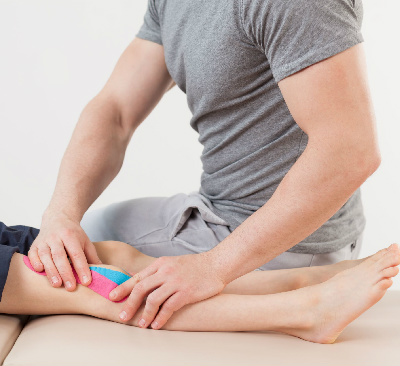- Home
- Asian Massage
- Ayurvedic Massage
As an affiliate with Bookshop, Amazon, and other programs, I may earn revenue from qualifying purchases through affiliate links. This does not affect the price you pay. Privacy Policy / Disclosures. This site is for educational purposes only.
Search this site:
What Is Ayurvedic Massage?
Ayurveda massage therapy, like the other components of the ayurvedic tradition of India, strives to harmonize your body's rhythms with nature.
Ayurveda looks at the body in terms of three energies called doshas: vata, pitta, and kapha. Each person has a dominant dosha, although any of the three could be out of balance, creating health problems.
This article discusses abhyanga and marma point massage. Another part of the ayurvedic tradition is Indian head massage.
What Is Ayurvedic Massage – Abhyanga?
Abhyanga involves anointing the body with oil and using massage techniques suited to your needs to restore harmony and balance and promote the free flow of energy.
The massage therapist chooses the type of oil based on your dominant dosha or on the dosha that's out of balance. Commonly used oils include:
- For vata: sesame or castor oil
- For pitta: coconut or sunflower oil
- For kapha: almond, mustard, olive, or sunflower oil
A complete abhyanga may include shirodhara, where a stream of warm oil is poured onto your forehead for up to 15 minutes or more for the purpose of calming and balancing your endocrine system.
Abhyanga may also include vishesh massage, which uses deep tissue techniques to address issues in the muscles and other tissue. Vishesh massage is best for pitta and kapha body types; vata types need more gentle forms of massage.
For much more detailed information, see Ayurvedic Massage: Traditional Indian Techniques for Balancing.
Ayurveda Self Massage
Ayurveda encourages daily self-abhyanga (self-abhy) done in the morning, before your bath or shower, to help release toxins that may have built up during the night.
For a self-abhy, make a massage oil, choosing an appropriate oil for
your dosha. You can add essential oils for your dosha, if desired. Store your massage oil
in a plastic flip-top bottle. To do a self-abhy:
- Warm your massage oil by placing the bottle under hot running water for a few minutes.
- Place warm oil on your fingertips and apply the oil lightly to all of your body.
- Let your skin absorb the oil for four to five minutes.
- Massage all of your body, using your whole hand to apply even pressure. Use straight strokes on areas such as arms and legs and circular motions over your head or joints. Go light on sensitive areas such as the abdomen or over the heart. In areas with lots of nerve endings — such as the palms of the hands and bottom of the feet — apply more oil and massage longer.
- Relax for 10 to 15 minutes.
- Take a warm bath or shower.
What Is Ayurvedic Massage – Marma Points?
Marma massage is part of abhyanga but may also be a separate massage. A marma point is a physical location on your body where two or more types of tissue meet. Ayurveda also sees these 107 points as intersections of prana (breath) and vital life force that house the doshas.
Marmas are sensitive zones somewhat similar to the acupoints of Traditional Chinese Medicine but covering larger areas. The purpose of massaging marma points is to unblock energy. In addition to massage, marma therapy includes aromas, herbs, pranic healing, and yoga practices to balance the doshas (vatta, pitta, kapha).
Marma point massage lightly stimulates marma points using massage oil and essential oils chosen based on your dosha imbalances. Unlike acupoints in Traditional Chinese Medicine, marma points are large, from one to six inches in diameter. Ayurveda believes these points are a bridge between the physical and energetic bodies.
The standard technique for massaging marma points is to make small concentric circles using fingertips, moving clockwise with the right hand and counterclockwise with the left hand.
For more information: Marma Points of Ayurveda and Ayurveda and Marma Therapy.
Other types of ayurveda massage therapy include udvartana powder massage; swedana, which is a massage followed by a steam; and garshana, which is a dry massage using raw silk, wool, or cotton gloves. See The Encyclopedia of Ayurvedic Massage.
Photo Credit: Therme Loipersdorf CC




